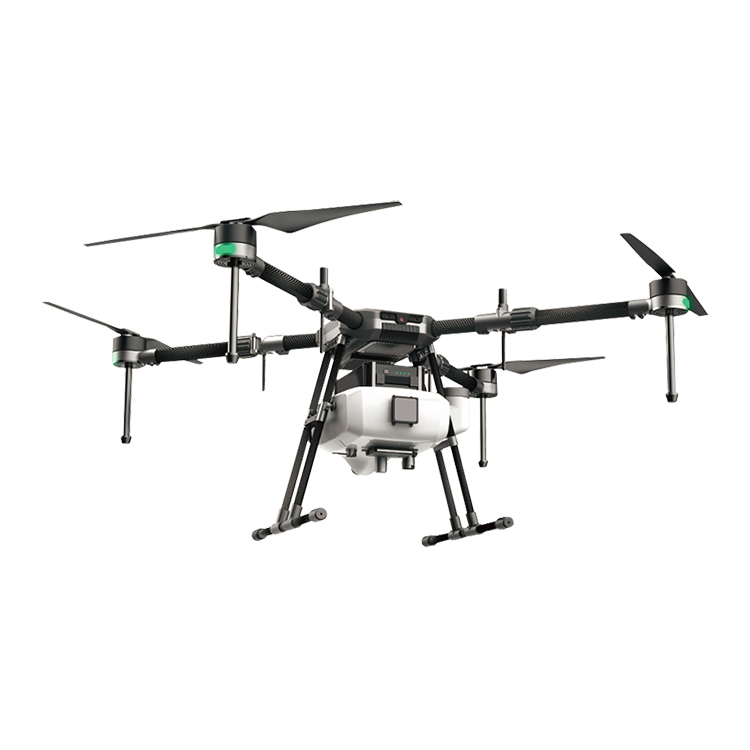
Humans and satellites have a hard time beating a drone’s eye for detail in scanning farming systems from above. Flying below the clouds, collecting and sending images in almost real-time, unmanned aerial vehicles (UAVs) gained ground quickly in agriculture in the last decade as part of so-called precision agriculture. Among their wide range of applications, they can help farmers check crops’ health, track livestock, plan fertilization, assess damages, and map fields at high-resolution. A growing number of drone models for agriculture are sold on every continent — but many experts question whether drones fulfill the needs of all farmers across the world.
Investments in agricultural drones grew by 344 percent between 2013 and 2015, leading to drops in the once prohibitive drone price tag. The cost of running a basic agricultural drone dropped by five times over the last five years, from $50,000 to $10,000, explains Messina, making more smallholders able to afford UAVs.
As a smallholder farmer in a developing country, "you can go out into the field and weed yourself or you go to town for waged labor," says Messina to Food Tank; however, drones offer small farmers an advantage by facilitating early decision-making, allowing them to spot issues sooner through drone data than through the human eye.
Drones’ ability to fly under the clouds, where satellites don’t reach "is huge, especially for the Global South," Messina explains. "You can process shadow much more easily than through the clouds; in rain-fed environments that was much more useful than I expected."
"Drones can identify locations where you can make sustainable choices for the smallholder," says Messina to Food Tank. Drones can help small farms tackle soil loss by spotting degraded land needing restoration with planted trees and resulting green manure — a fertilizer made up of fallen leaves or uprooted plants that are plowed back into the soil to deliver nutrients. "It’s a good way to improve soil structure by collecting the leaves and working them into the ground," says Messina.
But small plots can still limit drones’ capabilities. Monoculture systems are easier to assess, says Messina, with crops such as corn being highly suited for management via drones. In developing countries, farmers tend to plant a large diversity of crops over their few acres, which can be problematic.
Across Sub-Saharan countries, the African Union has supported the spread of commercial drones for agriculture through the Eyes In The Sky, Smart Techs on the Ground project, led by the Technical Centrer for Agricultural and Rural Cooperation (CTA). But in its report on drones, the same body points out that while drone research focuses mainly on the kind of information technology can provide, it’s not looking enough at what interventions make drones cost-effective for African smallholders ― who have little land, tenure issues and a multitude of farming systems.
The legal landscape for drones is also problematic. While in the United States drone operations are heavily regulated — mainly for safety reasons, Messina says — the low altitude imposed on flights prevent them from covering large areas. Only about 26 percent of African countries have laws targeting UAVs, states the African Union; across the continent, the lack of legal clarity, harsh restrictions, or temporary bans of UAVs until laws are enforced are slowing the industry’s takeoff.
"We are trying to come up with solutions so we can ultimately give information to the farmer quickly enough for them to make decisions,” says Messina to Food Tank. "Many times we focus on this developed-world lens, without recognizing somewhere else a farmer will go and do this by hand."

Contact: Fly Dragon Drone Tech.
Email: frank at dronefromchina.com
Add: NO. 9 Dayu Road PiDu distric, ChengDu 611730, China